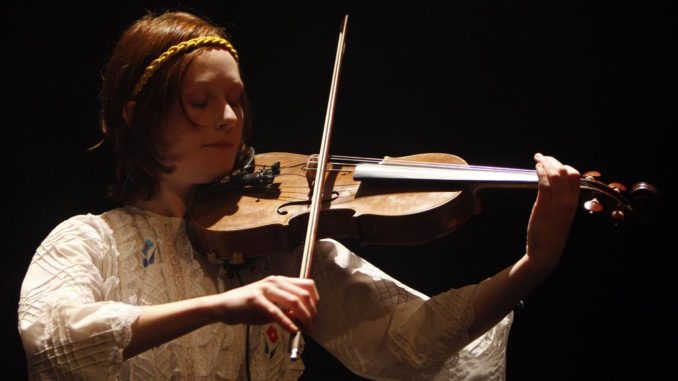
Folk music is the music of a nation, culture or ethnic group. Each such group has its own characteristics, which includes such things as behavior, food, language, history, traditions, etc. The music and dance reflect these aspects and, as aesthetics, are communicated with soul. Folk music is almost like a language that tells of the various victories, hardships, sorrows and other survival factors that have transpired, usually over centuries. This gets passed down from generation to generation, without the formalities of academics and, most often, not in written form. But it is ingrained in the hearts of its people. It tends to apply to all of its people, regardless of social statuses or classes, and is therefore embracive but unique to its group.
The melodies are usually simple and could be no more than four notes. They are often repetitive with very simple harmonies and little to no modulation to other keys. However, some can have complicated rhythmic patterns, such as West African and Indian folk music. The instruments are unique, but quite often very similar or even the same in neighboring regions, such as the Chinese sanxian and the Japanese shamisen. However, the essence of each culture’s music has its own characteristic, just like language. While there are nuances of each micro-region of a nation or area, just like a language and its dialects, they each possess the unique essence of their nation or area.
Listen to a traditional Persian folk tune and then an Irish one, or a Mongolian song and then a Balinese one. You will instantly note the flavor of each one.
Being simplistic does not mean that the artistic value of folk music is lost. It has its own intrinsic aesthetic value as it comes from the soul of the people and is performed with emotion, spirit and meaning. It tells a story.
Many classical composers have incorporated the folk melodies from their own cultures to their masterpiece compositions, such as Alexander Borodin (Russian) or Aram Khatchaturian (Armenian). In such a case, one cannot look at that piece as being folk music anymore, but instead, it becomes a more refined creation. It sophisticates into something finer and more worldly as opposed to something just localized. Its aesthetic quality is of a different nature.
However, certain world-class classical composers have incorporated folk elements from other cultures outside their own to their own compositions. We hear Russian, Chinese and Spanish elements by composers who are not of those ethnicities. Inspired by various melodies, masterpieces have been created. Again, one has to look at this from another perspective.
A great analogy would be Da Vinci’s The Last Supper. This is strictly a work of fine art but it is obviously inspired by ancient cultural phenomena. Though, it does not reflect the exact customs and aspects of that culture in the way folk art would. The figures of that work all possess Western European features. The bread on the table is shown as leavened. These are peculiarities, perhaps even anachronisms, included by the creative license of the artist, which immediately show this work to be one of a fine art composition and not just a cultural artifact. The same principle may happen in music too, as in any other form of art.
Folk music is one of the key essences of a people, and is the aesthetic beauty that binds a culture. And this has expanded into being a major influence on music of an international level, which makes it even more special.
Proudly WWW.PONIREVO.COM
Source by Evelyn Simonian



